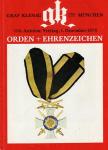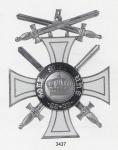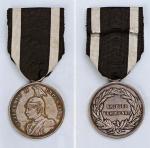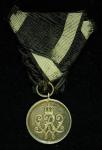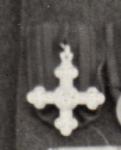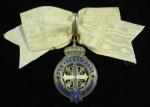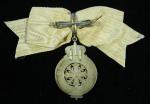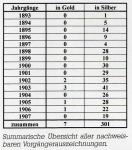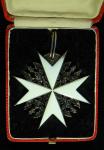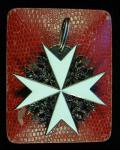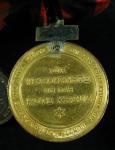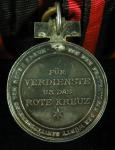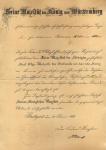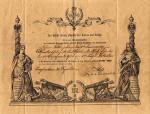-
Posts
1,291 -
Joined
-
Last visited
-
Days Won
20
Content Type
Profiles
Forums
Blogs
Gallery
Events
Store
Everything posted by Komtur
-
As I mentioned before, that question is a real problem and often there will be no answer for a single order. No question, there were private purchased orders, wich hadn?t pass the states orders ministry controll before 1918 as well as the orders made for recipients after 1918. That?s what I ment, when I said before, there originality is sometimes a "question of belief". As I remember this was discussed here for the PlM, because there was a real need of replacements because of the proud "all day wearing" of this order up to 1945 and in some cases later. Unfortunately this uncertainty is used by unserious dealers to sell certain copies to us.
-
I agree with you completely, but unfortunately some of the copies found their way to the Nimmergut books. Especially pictures of the discussed series of PCO fakes you will find there (2242, 2280, 2289, 2292, 2295 ...). In the supplement volume of 2004 you find a short statement to most of these numbers in volume II: "Sauerwald stuft das Exemplar im Handbuch als moderne Nachfertigung ein" (Sauerwald estimates the item in the book as modern copy). Nimmergut must have good reasons to notice this "estimation" in his supplement volume. Best regards, Komtur.
-
You are right that there was a continous decline in quality in the war years and especially after 1918 for private produced items. Also until 1918 there was indeed no central manufacturing. But for the higher classes you will only find 2 or 3 "Hofjuweliere" allowed producing these orders in a very consistent way of best quality, sometimes with a kind af special "style" (best example is Godet). You are not right, if you guess, there were no quality control: the "Generalordenskommission" was responsible for the question of "Probem??igkeit" (means no difference in comparison to a model). I am sure, the above mentioned fakes of the 1970ies wouldn?t pass this control. These copies reached the marked suddenly in a few years (no problem to find lots of them in auction catalogues of Graf Klenau). They have typical signs like the letters shown above and they are today widely accepted as copies by serious dealers as Andreas Thies or the Dorotheum. A last typical sign of these fakes is, that most of them are very rare combinations like the item on Ebay (for X and X on the ring in the 1st class there is no known recipient) or the combinations of REO and PCO (one order with enamel ribbon of the other between the arms of the cross). It is not to difficult to distinguish fine items of the time and these copies of the 70ies. Sometimes you get a problem with private produced orders after 1918. If they were produced for the recipient or for collectors is often a question of belief. Best regards, Komtur. 1978 by Graf Klenau sold as original (gold!) 2004 by Dorotheum/Vienna sold as copy (gold!)
-
If the size of 62 mm given by the seller is correct, it is a 1st class on a neck ribbon (there really was the possibility to wear 1st classes on the neck to the so called "small uniform"). As described by Sauerwald (OMM 72/1998) there are fakes of the KO 1st class on the marked in silver gild. You can distinguish them (besides other features) by the letters in GOTT (left original, right copy):
-
Sorry Rick, for the delayed answer, but I was not sure at first. But according to Peter Sauerwald and his articles in OMM 21/2002 and OMM Jahrbuch 2002 you are right: you?ve got the first type 1893-1907, a kind of juwellery and not the order. The only difference to the order 1907-1918 seems to be the additional needle. From the above source I add the number awarded. But this number is not complete, Sauerwald counts only the awards published in the "Reichsanzeiger" and "K?niglich Preu?ischen Staatsanzeiger". The number for the order is from the "K?niglich Preu?ische Ordensliste" (1907-1913) and from the "K?niglich Preu?ischer Staatsanzeiger" (1913-1918). In the last list you find 1893-1907 a number of 110. That is the number of "exchanged" awards from the first type to the second one. I really do not know, what that means, because in my opinion, it makes no sense to remove the needle to get the second type. But even Peter Sauerwald had no answer...




